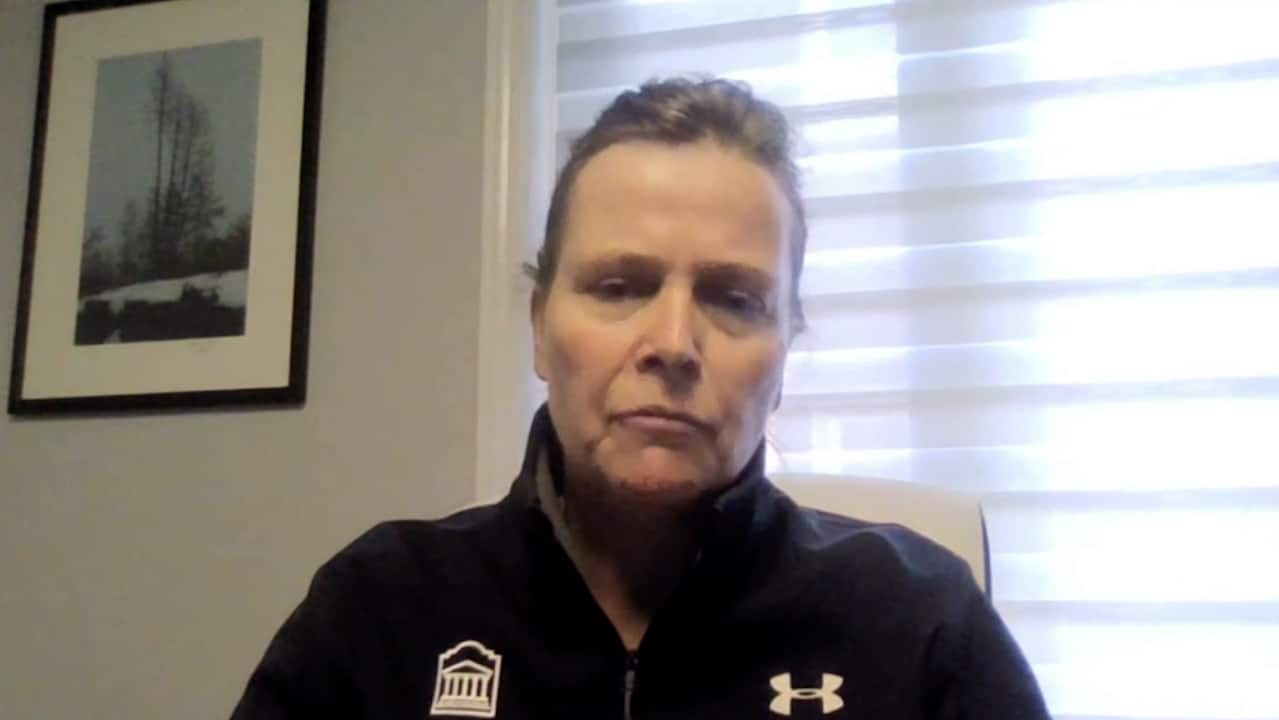Rodrigo Martinez said Canada’s reputation for quality health care was part of the reason he moved with his family to Ottawa from Guatemala in 2015.
But as a Canadian citizen, he has spent most of the past two years looking for a new doctor since his family doctor retired.
The effort is so elusive, Martinez said, that he sometimes resorts to seeking care in Guatemala.
“Not being able to get proper health care is very concerning, especially when compared to the lower level health care we have in Guatemala,” Martinez said.
Martinez suffers from asthma and ADHD. He said he currently relies on virtual consultations with Guatemalan doctors, who can give advice but cannot prescribe abroad.
He said he couldn’t get his ADHD medication refilled in Canada without a family doctor.
Instead, Martinez relies on friends and family abroad to ship him asthma inhalers, which can be purchased in Guatemala without a prescription.
“It’s deadly,” Martinez said.
There are more than 1,200 family doctors listed in Ottawa on the College of Physicians and Surgeons of Ontario (CPSO) website, but a CBC News analysis found only three are currently accepting new patients.
According to Department of Health data obtained by CBC, the wait time to be matched with a family doctor in the Ottawa area can be on average twice as long as in the Greater Toronto Area.
The issue is causing doctors and patients to renew their calls for changes in the primary health care system.
Few doctors accepting patients
According to the CPSO registry, 1,246 physicians have registered family medicine as a specialty and operate a practice in Ottawa.
Because the registry is not always up-to-date, CBC cross-checked its data with lists of family doctors in Ottawa.
CBC was able to identify 484 different practice locations, of which 124 were confirmed to offer family medicine. There were 584 physicians at the CPSO linked to these practices.
The majority of the remaining uncounted physicians on the registry did not list a confirmed family practice. This includes physicians who report working primarily in hospitals, sports medicine clinics, and other areas.
Of the 124 clinics offering family medicine, only three indicated that they were accepting new patients. Each of these three clinics had a single doctor accepting new patients at the time of publication.
Since 2018, patients in Ottawa and the surrounding region have waited longer on average to be matched with a family doctor than other residents of the province.
According to Department of Health data obtained by CBC through a freedom of information request, Champlain Public Health Region — which includes Ottawa and three neighboring health units — had the longest average wait time of any region in the province.
Wait times for Health Care Connect in the Champlain region have averaged 225 days over the past four years, which is higher than any other health region in Ontario.
Champlain also had the lowest success rate among the 14 provincial health regions. More than 35,000 registered patients have never been matched with a family doctor, or about one in three in the region.
“It’s an endless chasm of need”
Medical professionals who spoke with CBC said the shortage of family doctors means many more patients are now coming to see specialists with serious health conditions – some of which could have been treated earlier in care primaries.
“Family medicine is what we do — we keep people from falling through the cracks of the system, and then the cracks got so wide,” said Dr. Claudia Hubbes, a family physician at the Ottawa Rosemount Clinic.
We prevent people from falling through the cracks of the system, and then the cracks have gotten so big.– Dr. Claudia Hubbes, Rosemount Clinic
Hubbes said his clinic had to invest in a new phone system just to handle the overwhelming number of cold calls from the public asking if anyone was taking new patients.
To meet the demands of her patients, Hubbes said she now works longer shifts, sometimes up to 13 hours a day.
“It’s an endless well of need and desperate people,” Hubbes said. “You do your best, but it’s not enough.”
How to solve the problem
Complex factors underlie the severe shortage of family doctors in the Ottawa region, said Dr. Clare Liddy, director of the University of Ottawa’s department of family medicine.
On paper, Liddy said “it looks like there are enough family doctors” to serve the capital.
But she said many of those who are trained in general family medicine work in other fields.
The actual number of physicians providing comprehensive and continuous family medicine care is, in his words, “much, much less.”
Liddy said many numbers showing the number of “lonely” patients in Ottawa who don’t have a family doctor are actually understated. Not everyone without a doctor has signed up for Health Care Connect, she said.
A large number of patients from Quebec seeking care in Ottawa are also excluded, Liddy said, although they add to the demand for family doctors.
Despite being home to a medical school, Ottawa struggles to retain family medicine graduates, Liddy added.
The salary incentive, or lack thereof, in family medicine is a potential reason cited by many critics.
The so-called fee-for-service model, which requires family physicians to bill the province per patient visit, is not attractive to new physicians due to workload and rising costs administrative.
“New grads were really not interested in joining these models because it’s not very viable from a business perspective,” Liddy said.
New graduates really weren’t interested in joining these models because it’s not very commercially viable.– Dr. Clare Liddy, University of Ottawa
It is also the payment system used by many family physicians approaching retirement age.
Liddy said new family doctors want to join capitation-based practices, which means doctors are paid based on the number of patients on their roster rather than the number of daily appointments.
According to data from the Ministry of Health, 52 of these capitation-based practices are in operation in Ottawa.
WATCH | Remuneration models and physician recruitment:
Dr. Clare Liddy, director of the University of Ottawa’s department of family medicine, said old models of family medicine are not “commercially viable” for new graduates.
Alternative models limited to Ontario
Some models like a “family health team” also get funding for allied health professionals such as nurses, social workers, pharmacists or psychologists to work in tandem with family doctors.
Liddy said these supports help provide better patient care and create a more engaging work environment for family physicians.
But these alternative models are severely limited in Ontario – no new family health teams have been allowed to open in the province for more than a decade.
During the pandemic, more than two dozen family physicians across Ontario wrote a letter to then-Health Minister Christine Elliott asking the province to open the capitation payment model to all primary care physicians. The petition has garnered nearly 8,000 signatures.
The Department of Health would not say whether it would consider easing restrictions on capitation payment models.
The release said it was trying to speed up the process for healthcare workers trying to register to practice in Ontario, including those trained outside the province or internationally.
Ontario will now allow internationally trained physicians to receive residency training in Ontario, but only “in exchange for a commitment to practice medicine in an Ontario community other than Ottawa or Toronto and its adjacent municipalities.”
The ministry also said it would create a total of 455 new places in medical schools over the next five years.
Meanwhile, Martinez said he doesn’t expect to be matched with a doctor through the Healthcare Access waitlist anytime soon. He’s still on the hunt for a doctor himself – driving around looking for signs in clinics, making phone calls and reaching out to people he meets.
He said he hoped to find one through the connections he made in his community.
“It’s not the government that’s providing the support,” Martinez said. “It’s the Canadian people who are providing the support.”

“Gamer. Introvert. Problem solver. Creator. Thinker. Lifelong food evangelist. Alcohol advocate.”

